Top 8 Yoga Poses For Relaxation
Asanas that help loosen tense muscles for much-needed physical and mental stress relief.
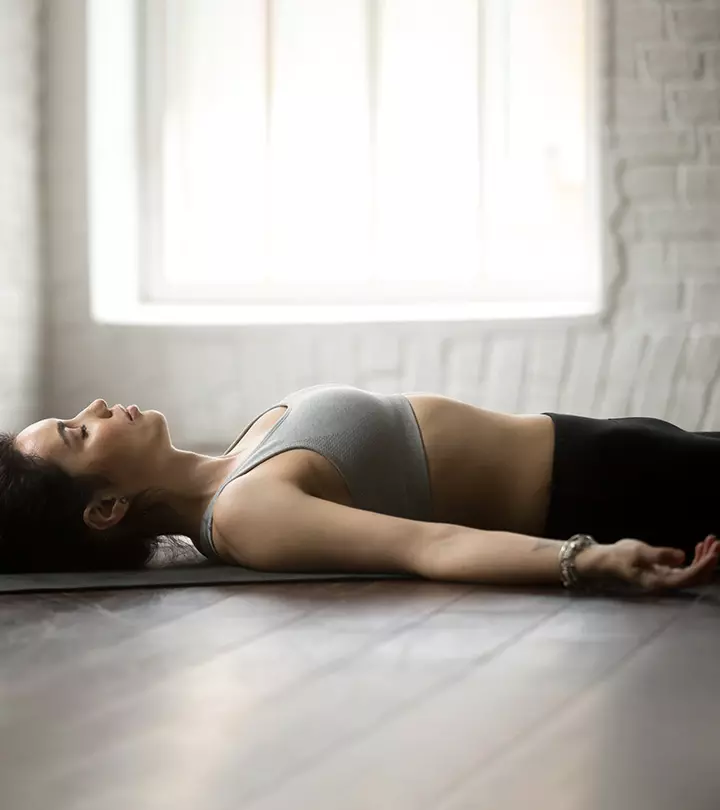
Image: ShutterStock
What do you do when you’ve had a long and exhausting day? Falling asleep in bed is a simple remedy, but it does not alleviate your exhaustion. Yoga is what you require. Here, we have listed yoga poses for relaxation. Take a look.
Relaxation is vital because an overworked body defaults to survival mode, putting all other physical functions on hold.
You’ll feel tired and irritable as a result. But, before that can happen, you must rest and get your internal body functioning in order.
Yoga promotes a strong mind-body connection in addition to physical relaxation, which improves general mental health in the long run. Emotional balance and efficient stress management are some potential benefits of this connection. Therefore, one of the best ways to achieve improved moods is practicing yoga poses for relaxation and a full-body reset.
They efficiently get rid of all of your exhaustion. They are fantastic, and you should try them.
In this article, we have listed the different yoga poses for relaxation. Continue reading to know more.
Before that, let’s discuss the role of yoga in relaxation.
 Did You Know?
Did You Know?In This Article
Yoga For Relaxation
Relaxing yoga helps you find balance, mindfulness, and serenity. Yogic breathing, meditation, and poses unburden your body of tension locks created in it all day long.
But do not confuse it with sleeping. Relaxation yoga is not lazily lying down and chilling. It is a structured and conscious format of taking a deep rest after a continued effort.
The process results in revitalizing your nerves and brings together scattered energy in your body. It helps you to completely give in to gravity, calm your mind, and take in the life force through deep breathing. It helps bring tranquility, harmony, wellness, and establish the body-mind connection.
It is that simple and if practiced right, can re-energize you very easily and help you get back to work with renewed energy.
In a study conducted on 2434 participants, it was found that 16% of them started yoga to improve their physical or mental health. It was also noted that participants spend 12% of their time in yoga class to practice relaxation, 86.2% reported improvement in mental health, and 82.6% reported improvement in stress management.
Now, let’s check out some relaxing yoga poses.
Key Takeaways
- Relaxation yoga eases stress, energizes you, and calms your mind.
- The Child Pose on an empty stomach can ease tension in your back, shoulders, and chest and reduce stress.
- The Crocodile Pose is often used to end a yoga session. It stretches your hip muscles and treats hypertension and fatigue.
- Yoga asanas can offer relief if you are suffering from chronic backache, degenerative disk disease, and back injury.
Yoga Poses For Relaxation
- Balasana (Child Pose)
- Viparita Karani (Legs-Up-The-Wall Pose)
- Makarasana (Crocodile Pose)
- Supta Matsyendrasana (Reclining Fish Pose)
- Supta Baddha Konasana (Bound Angle Pose)
- Savasana (Corpse Pose)
- Ananda Balasana(Happy Baby Pose)
- Uttana Shishosana(Extended Puppy Pose)
1. Balasana (Child Pose)
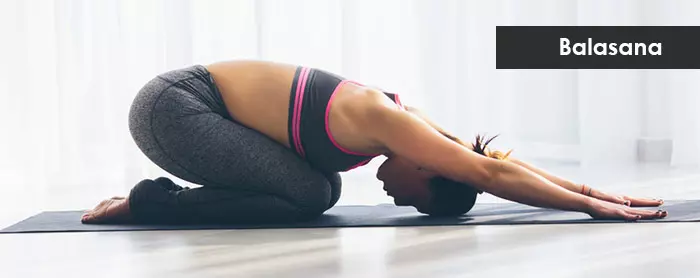
About The Pose: Balasana or the Child Pose resembles the fetal position of a baby. ‘Bala’ is a Sanskrit word that means child. It is a beginner level Vinyasa yoga asana. This asana should be practiced on an empty stomach. For best results, hold the pose for 1 to 3 minutes.
Pose Benefits: There are numerous balasana benefits, such as releasing tension in the back, shoulders, and chest.
It reduces stress and anxiety and gently stretches your hips, thighs, and ankles. The pose also calms your mind and steadies your breathing.
To know more about the pose and its procedure, click here: Balasana
2. Viparita Karani (Legs-Up-The-Wall Pose)
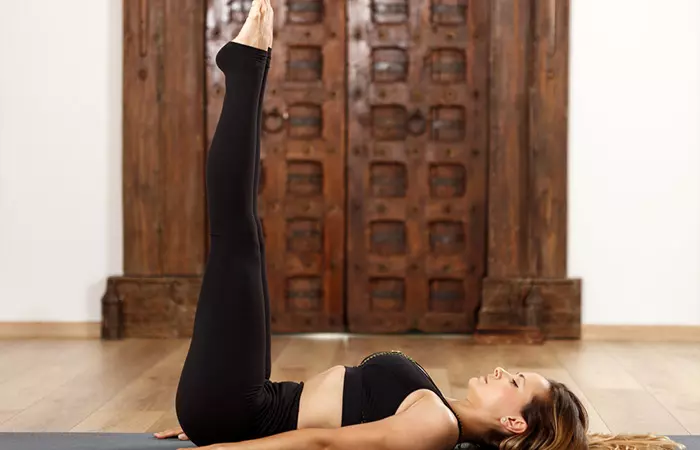
About The Pose: Viparita Karani or the Legs-Up-The-Wall Pose is a solution to many problems. It is a beginner level Hatha yoga asana. Viparita Karani is a mild inversion and works best when practiced in the morning on an empty stomach. Hold it for 5 to 10 minutes.
Pose Benefits: Viparita Karani regulates your blood flow. It relieves swollen ankles and restores tired legs. It also relieves mild back aches and symptoms of insomniai A sleep disorder characterized by difficulty falling and staying asleep commonly due to poor sleeping habits or anxiety. . Viparita Karani helps those suffering from mild depression.
Emy Louie, a blogger, shared that she used to perform this asana when she was a waitress back in college. She writes in one of her posts, “I was always on my feet and at the end of the work day, I wanted to lay down in a way to counteract being on my feet all day. Ideally, I have found it’s best to be in this pose for 15 minutes which gives you enough time to relax (i).”
 Trivia
Trivia3. Makarasana (Crocodile Pose)
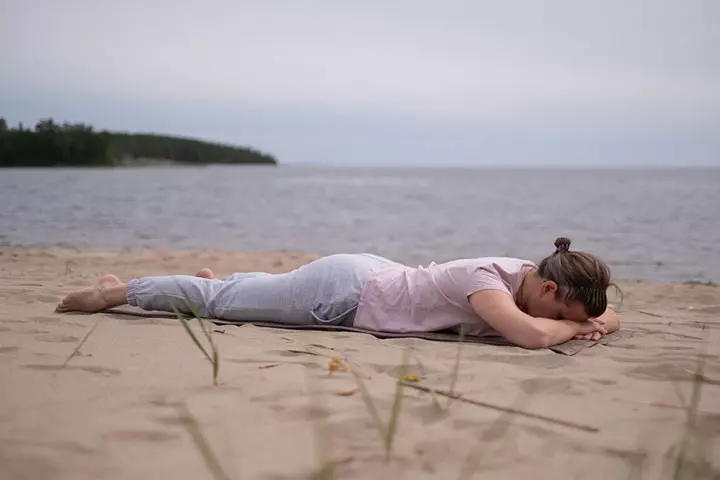
About The Pose: Makarasana or the Crocodile Pose resembles a crocodile with its head above the water. The pose is perfect to end a strenuous yoga session. It is a beginner level Hatha yoga asana. Practice Makarasana on an empty stomach, preferably in the morning. Hold it for 3-5 minutes.
Pose Benefits: Makarasana deeply relaxes your shoulders and back. It stretches your hip muscles, treats hypertensioni A condition in which the blood pressure is higher than the normal range and increases the risk of heart disease and stroke. , and relieves fatigue. It also relieves all the tight knots in your body.
4. Supta Matsyendrasana (Reclining Fish Pose)
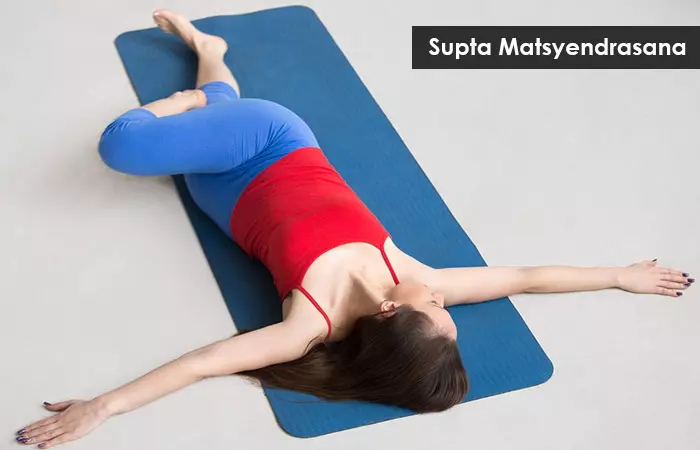
About The Pose: Supta Matsyendrasana or the Reclining Fish Pose is a twisting pose and is named after a yogi called Matsyendra, a disciple of Lord Shiva. It is a beginner level Hatha yoga asana. Practice the asana on an empty stomach and clean bowels. Hold it for 30 to 60 seconds.
Pose Benefits: Supta Matsyendrasana massages your back and hips. It removes toxins from your body and encourages a new flow of blood to your digestive organs. The asana relieves stiffness in the body and improves flexibility.
To know more about the pose and its procedure, click here: Supta Matsyendrasana
5. Supta Baddha Konasana (Bound Angle Pose)
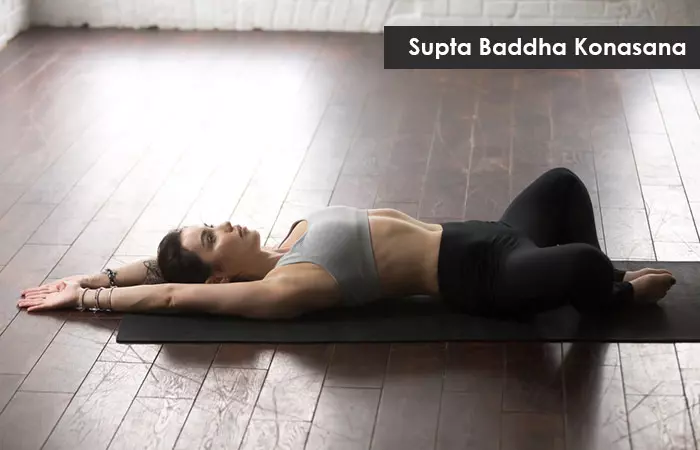
About The Pose: Supta Baddha Konasana or the Bound Angle Pose is a reclining pose that is very easy to do. It is a beginner level Vinyasa yoga asana. Practice it in the morning or evening on an empty stomach. Hold the pose for 30 to 60 seconds.
Pose Benefits: Supta Baddha Konasana lowers blood pressure and decreases muscle tension. It provides relief from panic attacks and fatigue. The asana also keeps headache at bay.
6. Shavasana (Corpse Pose)
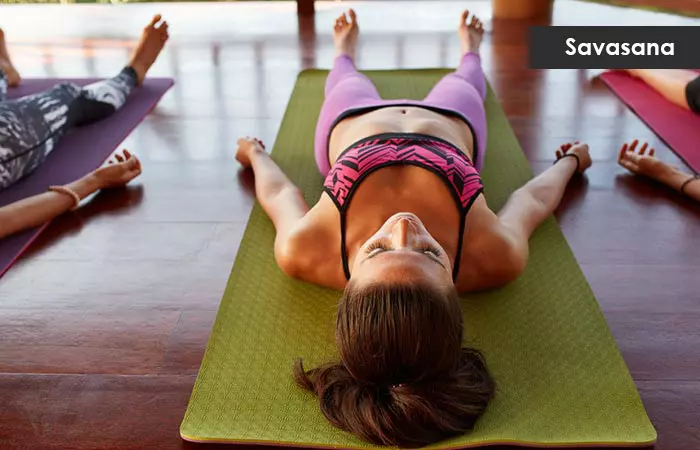
About The Pose: Shavasana or the Corpse Pose is the classic relaxation pose. It requires you to sleep flat on your back and stay immobile like a dead body. Shavasana is a beginner level Ashtanga yoga asana. You can practice this asana anytime of the day. Be in it for 5 to 10 minutes.
Pose Benefits: Shavasana soothes all your muscles. It stimulates blood circulation and is beneficial for those having neurological problems. The asana gives you a deep and meditative rest.
7. Ananda Balasana (Happy Baby Pose)
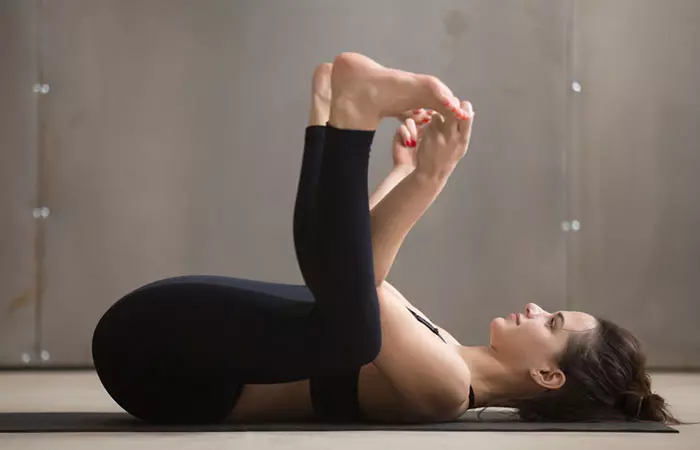
About The Pose: This pose relaxes and stretches the pelvic area. For this pose, lie on your back, bend your knees, and lift your feet up so your soles face the ceiling. Hold your toes and gently pull your knees toward your armpits while keeping your spine flat on the floor. Hold the pose for 3- 5 minutes.
Pose Benefits: It aids pelvic floor relaxation, reduces tension, and enhances flexibility in the hip and groin area.
8. Uttana Shishosana (Extended Puppy Pose)
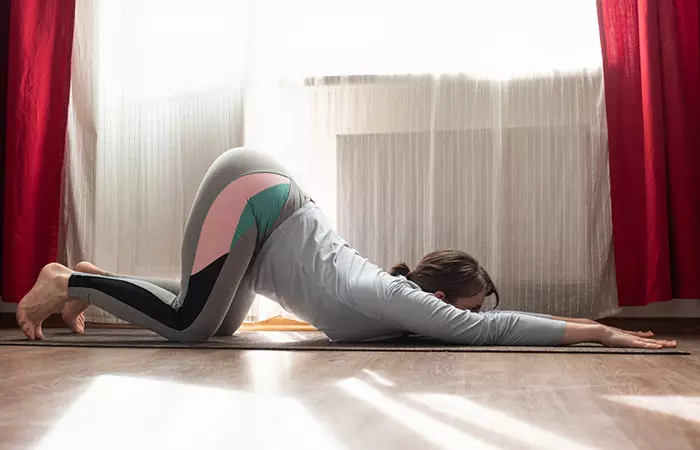
About The Pose: Uttana Shishosana stretches and relaxes the pelvic floor and lower back. Start in a tabletop position, keep your hips above your knees and walk your hands forward. Lower your chest toward the floor. You can practice it for 5- 10 minutes.
Pose Benefits: It promotes pelvic relaxation, relieves lower back tension, and helps improve posture.
Yoga poses are more effective when breathing exercises like pranayama and diaphragmatic breathing are incorporated into the practice. To help your body and mind relax even further, concentrate on taking deep, controlled breaths during each pose.
We also put together some cautions to keep in mind during the practice of these poses. Check them out below.
Cautions For Relaxation Poses
If you are suffering from a chronic backache, back injury, or have a degenerative disc diseasei A spinal condition that is common in old age and caused due to loss of cushioning between the vertebrae (spinal column bones). , practice these asanas with care and under the guidance of an instructor.
During practice, if you feel any firm pinch or pain, gently come out of the pose and rest.
Some frequently asked questions on relaxation yoga poses are mentioned below. Take a look.
Frequently Asked Questions
What is the best time to practice relaxation yoga?
Relaxation yoga is best done in the evening or after a long day, since it helps you relax and gets your body ready for a restful sleep. However, you can do it whenever you want to relax and rejuvenate.
I find it difficult to give in to the pose and relax in it. How do I overcome it?
Regular practice and focusing will help you completely relax in the poses. Give it time and be patient, it will get you there.
How often do I practice relaxation poses?
Practice the poses every day either once at the end of the day or whenever you get tired after a strenuous activity and need to relax and rejuvenate.
Which yoga is best for emotional release?
Kapalbhati and dirga pranayama are good for releasing pent-up emotions and emotions that lay close to the surface.
Which pranayama is best for anxiety?
Anuloma viloma (also known as nadi shodhana), or alternate nose breathing, is a good pranayama practice for anxiety. It is also one of the best yoga poses for depression.
Infographic: 6 Relaxing Yoga Poses + How They Benefit You
Exercising after a dreary day at work is easier said than done, especially when all we want to do is slouch on the couch. But did you know that some very specific yoga poses can help you relax and rejuvenate? They release tension in the muscles and joints and also calm your mind. These poses can help deal with aching muscles, bad postures, and throbbing headaches. In the infographic below, we have listed those 6 yoga poses that can re-energize you. Check them out!

Illustration: StyleCraze Design Team
Relaxation is essential because an overworked body goes into survival mode, placing all non-essential processes on hold. As a result, you will feel exhausted and angry. Yoga poses for relaxation can assist you in achieving balance, inner peace, and rejuvenation. Yogic breathing and positions relieve your body of the tension built up over the day, revitalizing your nerves and unifying your body’s scattered energies. Yoga teaches you to surrender to gravity, relax your mind, and breathe deeply to absorb the life force. So, try the above yoga poses for relaxation and good health.
Find tranquility and relief from anxiety and stress with yoga in this beginner-friendly video. Learn simple yoga poses and techniques that calm your mind and promote well-being.
Personal Experience: Source
StyleCraze's articles are interwoven with authentic personal narratives that provide depth and resonance to our content. Below are the sources of the personal accounts referenced in this article.
i. The most relaxing yoga posehttps://healthylivingarchitect.wordpress.com/2013/07/12/notable-poses-to-counteract-a-long-day/
Read full bio of Sri Yogi Anand
Read full bio of Shirin Mehdi
Read full bio of Ravi Teja Tadimalla
Read full bio of Himanshi Mahajan








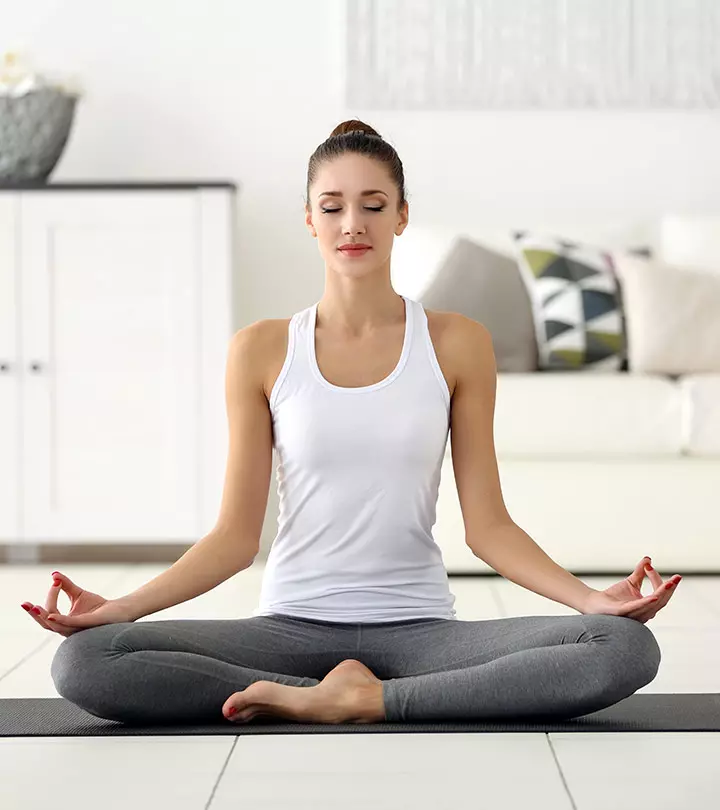
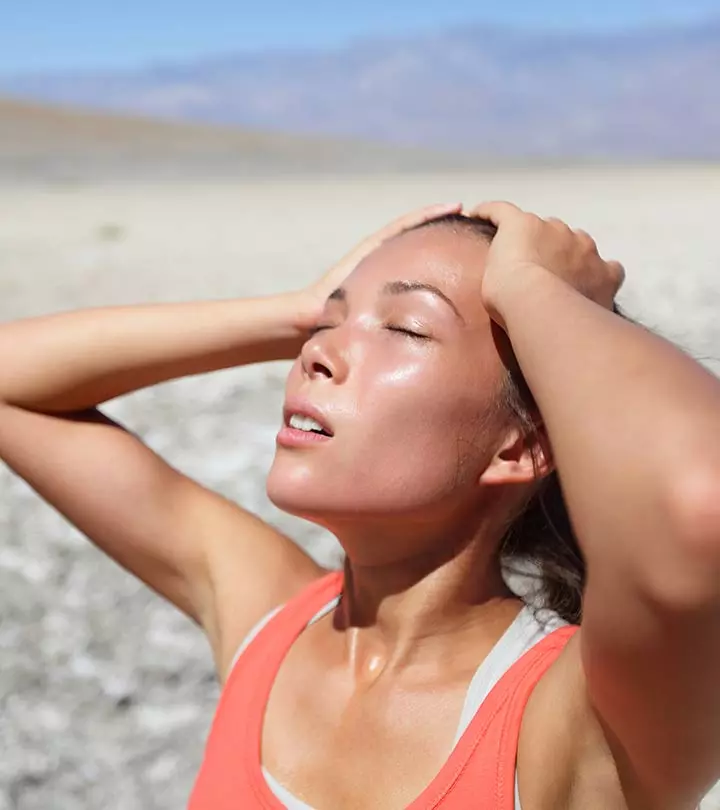
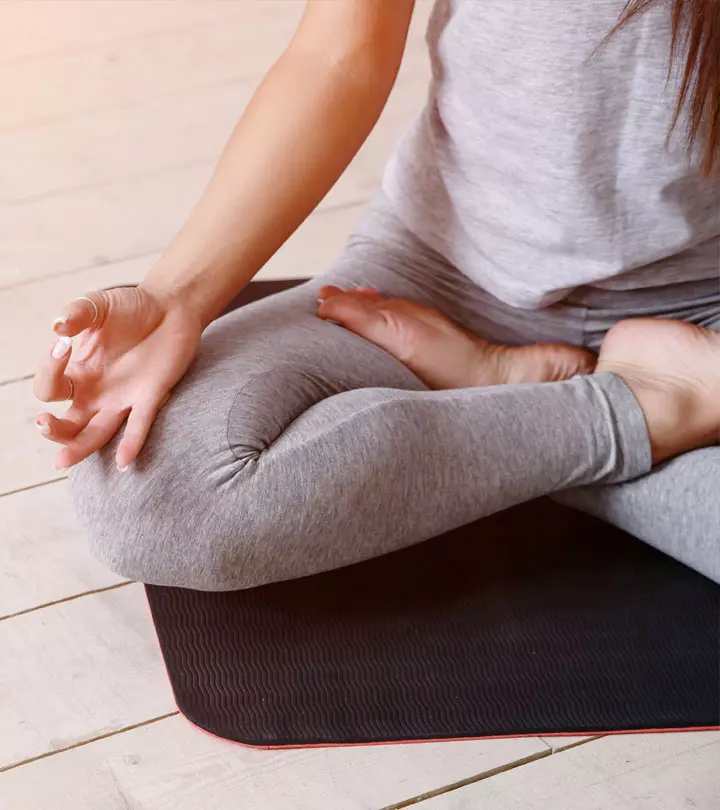
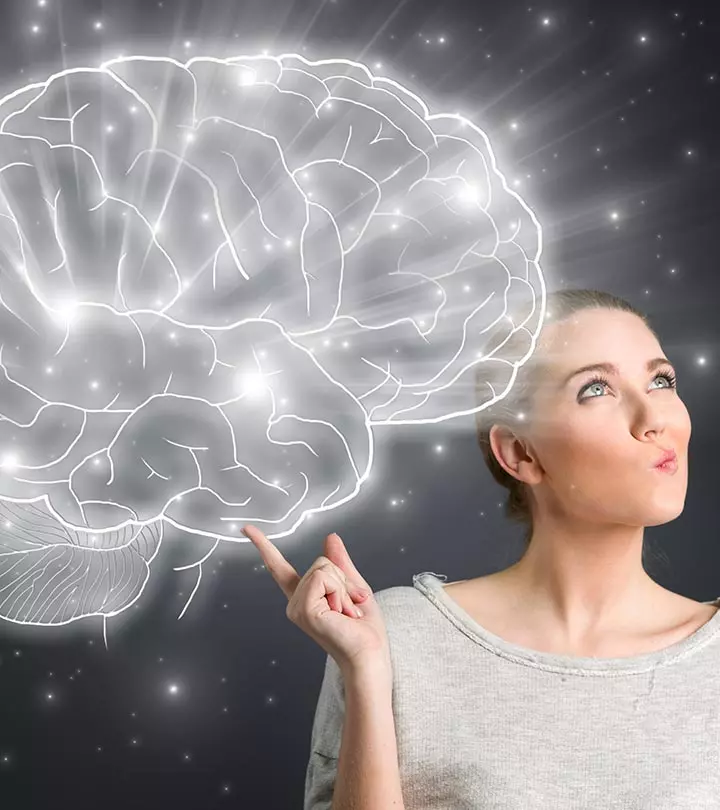
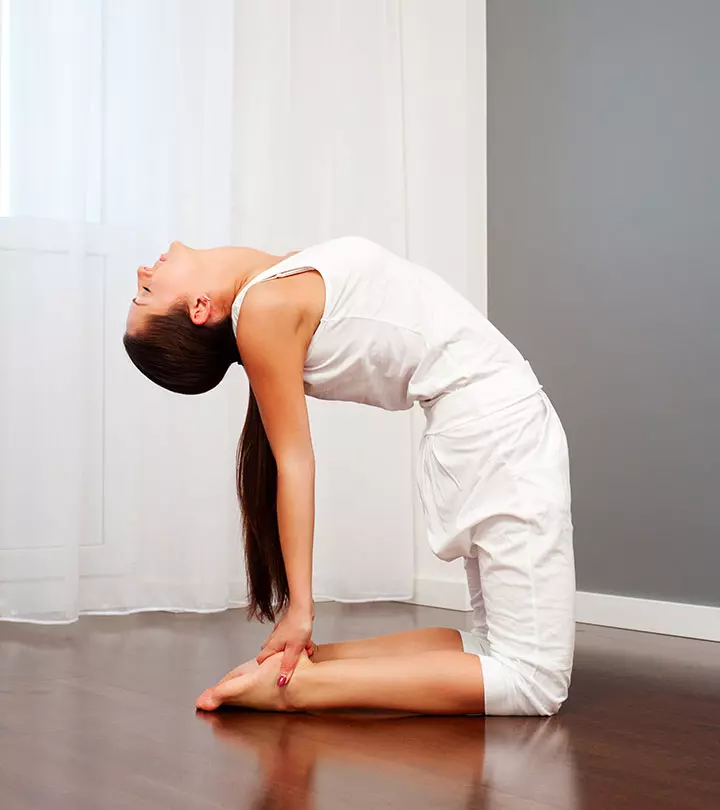
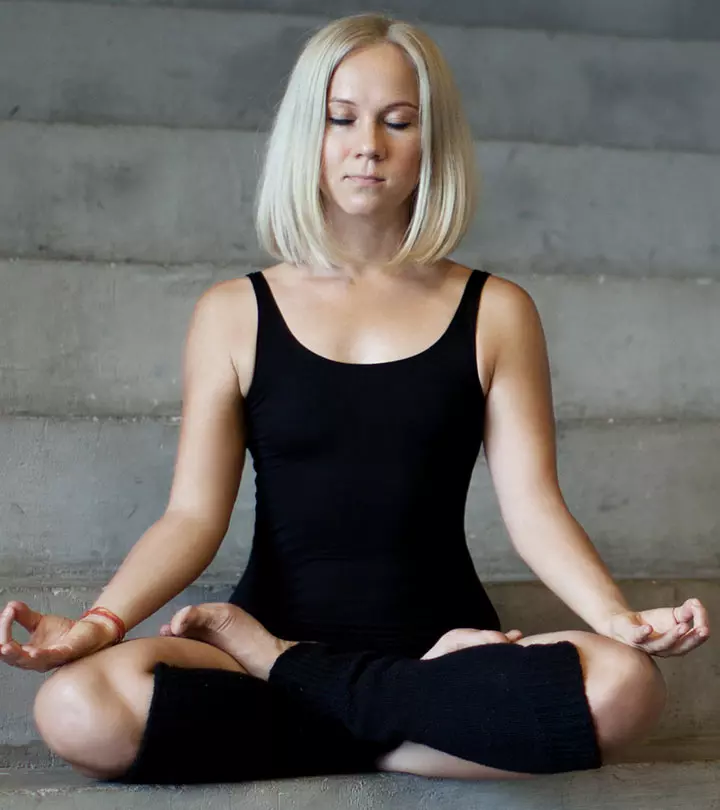
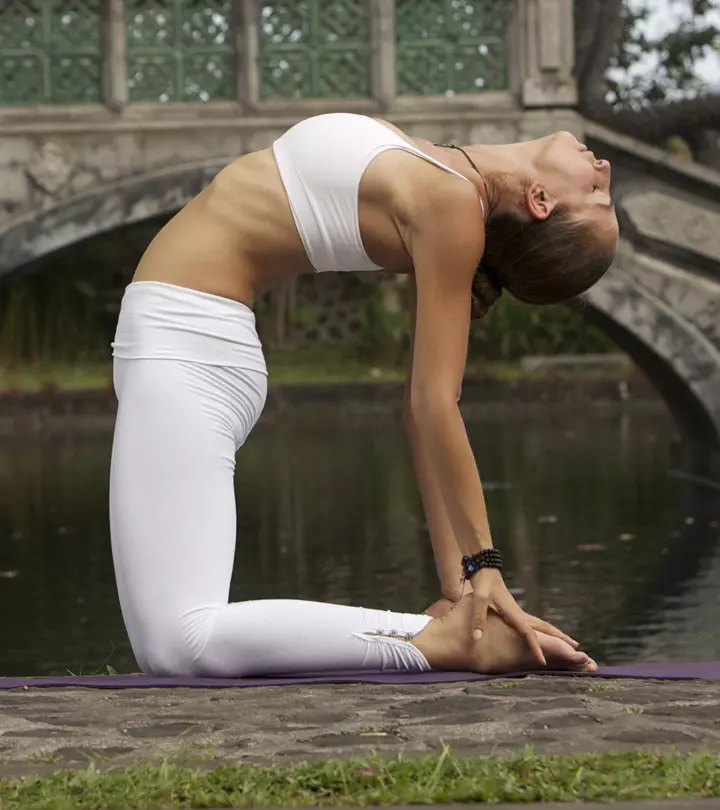

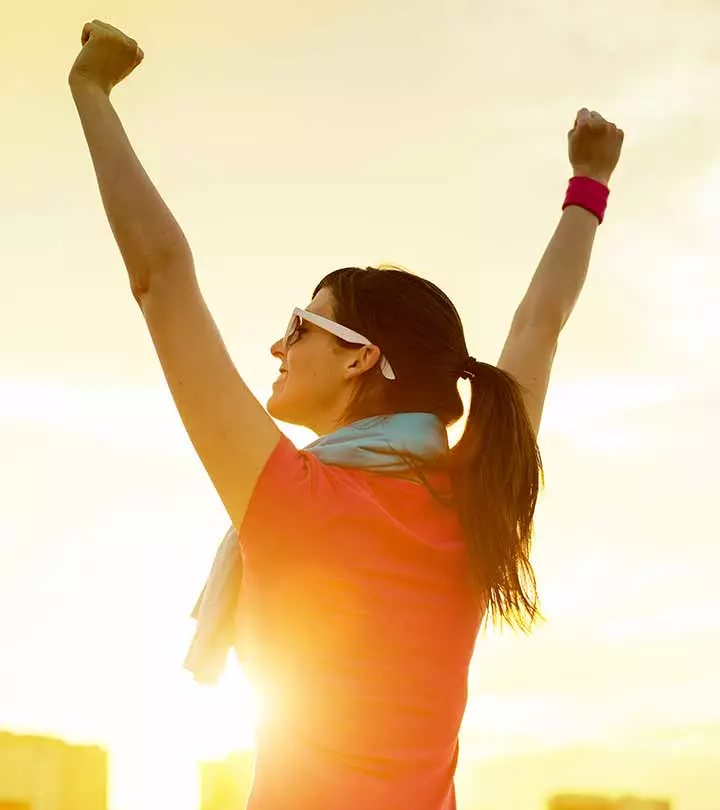
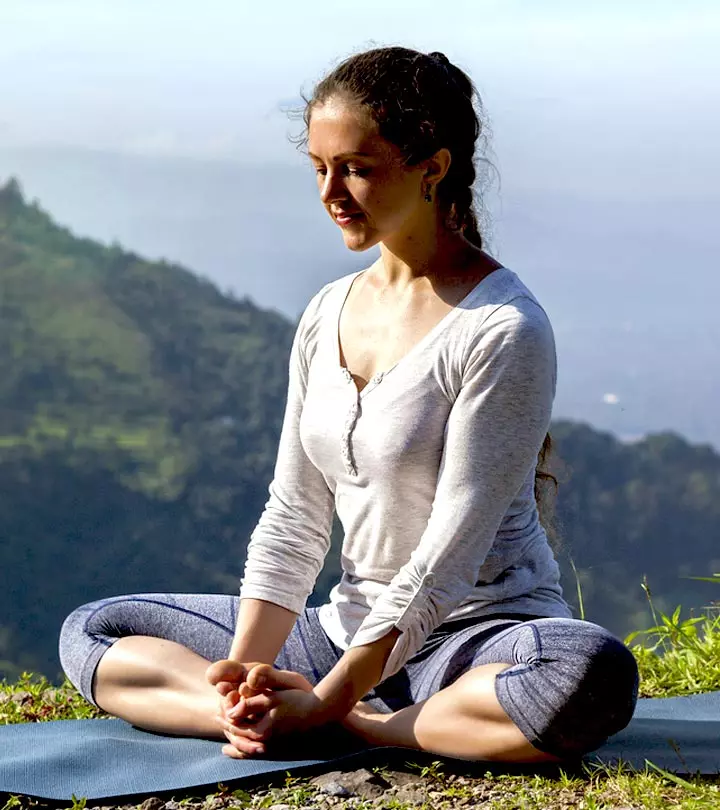
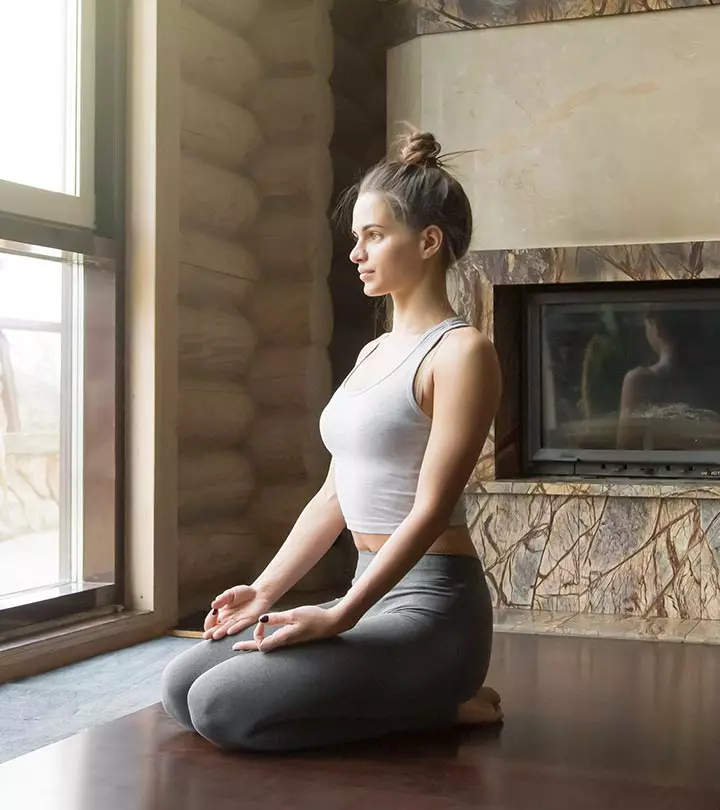
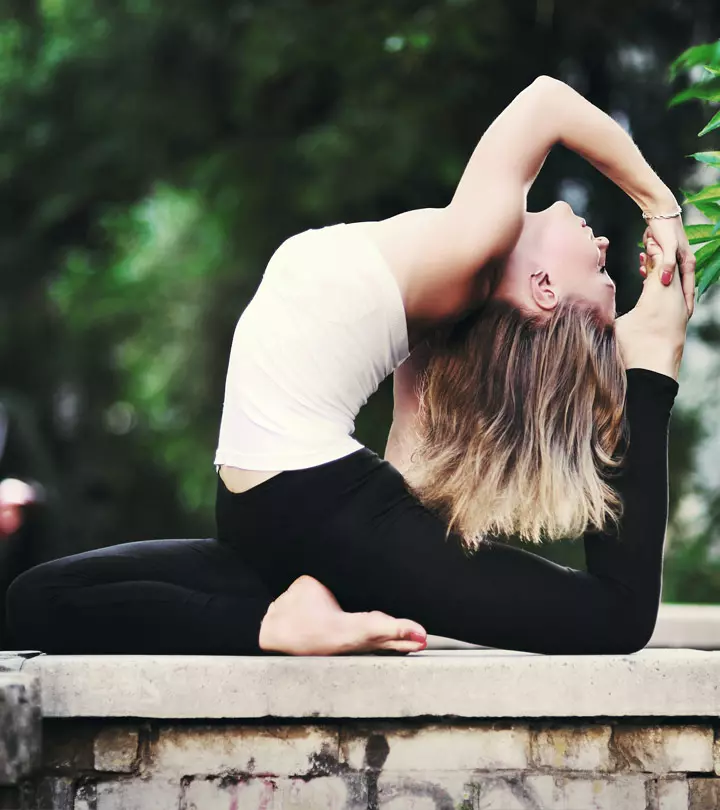
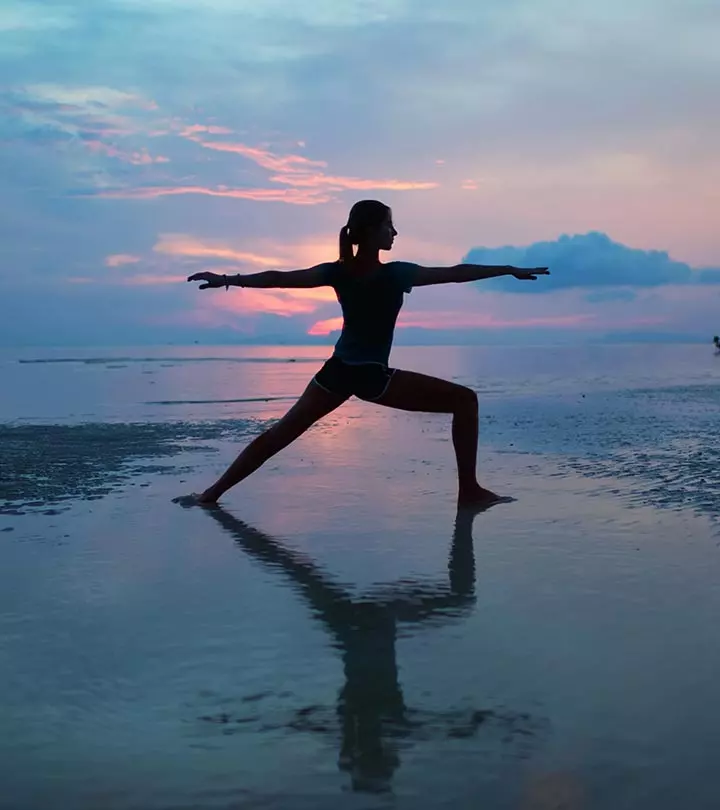
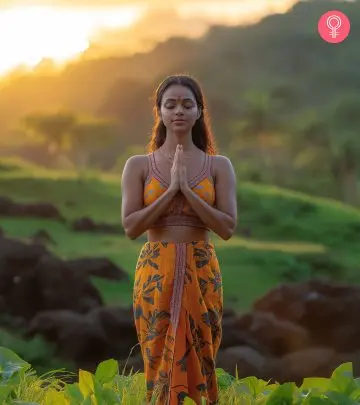
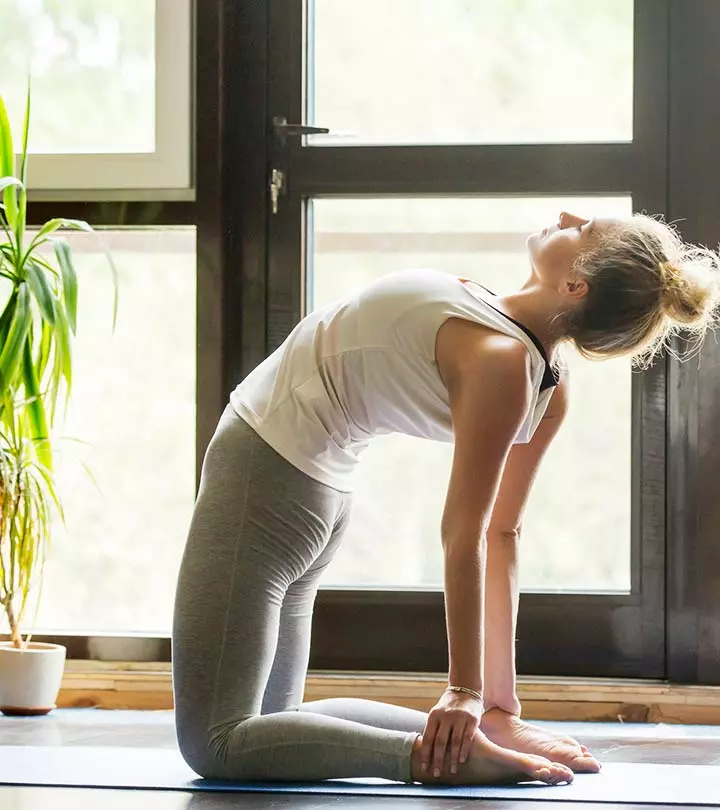

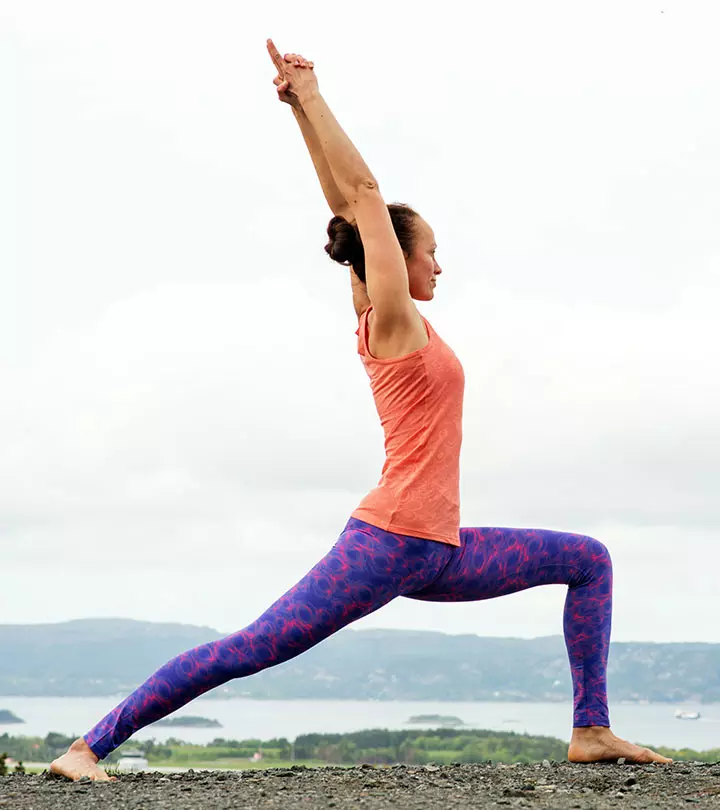
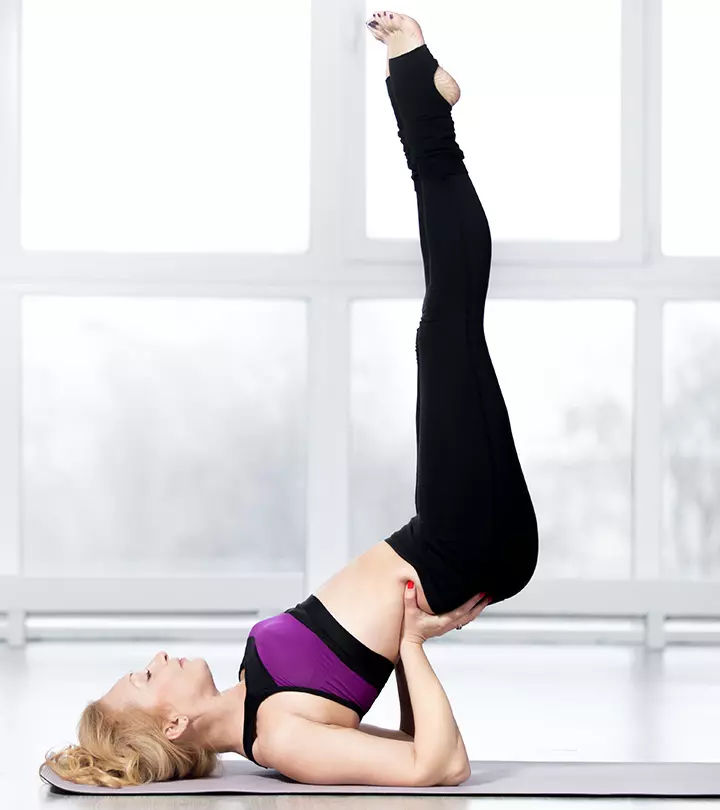

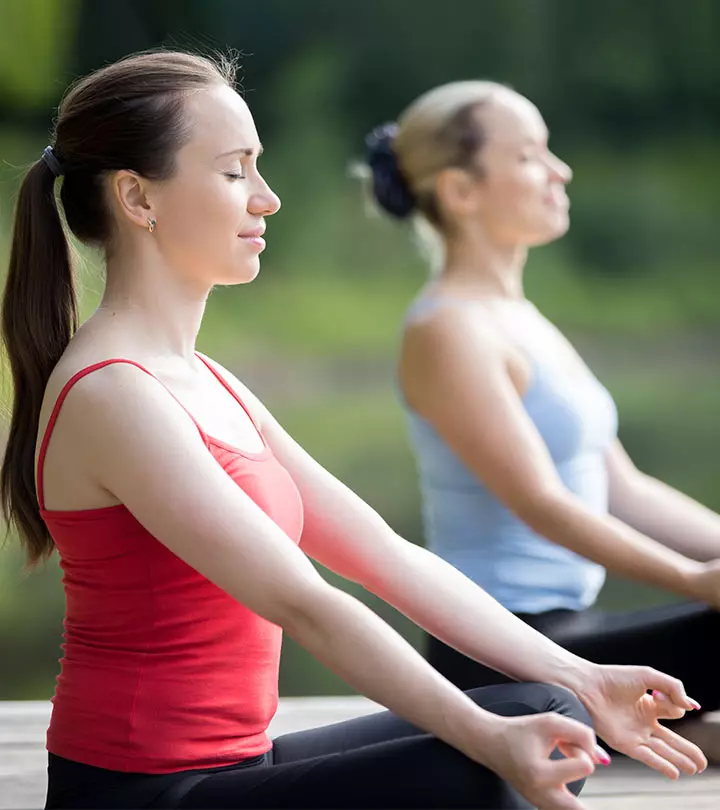
Community Experiences
Join the conversation and become a part of our empowering community! Share your stories, experiences, and insights to connect with other beauty, lifestyle, and health enthusiasts.